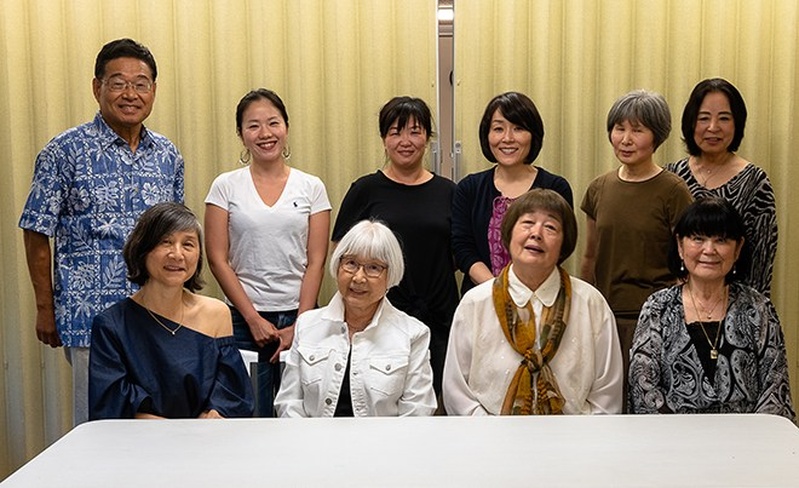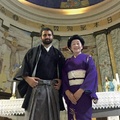A haiku association in Seattle, Rainier Ginsha will begin its 85th year in 2019. Nineteen members of the association bring their haiku once a month, expressing seasonal scenes and feelings in a seventeen-syllable poem. “I’ve been making haiku for seventy years now, sometimes with joy and at other times with pain, but still with love” says one member Shoshi Takamura. Despite haiku being loved by many, Rainier Ginsha had to walk some rough roads to get to where they are now. Let us look back on its history, referring to the writing of Teruko Kumei, professor at Shirayuri University.
Rainier Ginsha was established in Seattle in 1934. Kyōu Kawajiri was the organizer, and Banjin Koike – who was a doctor and also known as a mountain photographer – served the role of a haiku selector. They published their selected works in the local Japanese paper, The Great Northern Daily News, where Kyōu worked as a senior editor. Later when Kyōu moved to The North American Times (currently The North American Post) as adviser, then Rainer Ginsha started to publish their works in The North American Post. Banjin also had his works published in Hototogisu a number of times. As the biggest and oldest haiku association in Japan, getting works published in Hototogisu was the goal of anyone who wanted to specialize in haiku, so it was a big honor. In 1938, Collection of Rainier Ginsha Haiku was published.
In December 1941, the war broke out between Japan and America. Kyōu who was sick in bed at the time was taken away by FBI at the start of the war. He was moved from a jail at Seattle Immigration Service to a number of detention camps and was taken to Minidoka Concentration Camp in Idaho on parole in spring of 1944, but he passed away in the fall that year. During that time, Minidoka Ginsha was formed with over 150 members led by Banjin in Minidoka Concentration Camp where Nikkei people in Seattle were mostly taken to. As it became clear that the war was going to end and the forced removal from the West Coast order was terminated in January 1945, in July of that year Banjin edited the works that were made in the concentration camp, and the haiku collection Kusazutsumi was published.
In August, 1945, Rainier Ginsha was revived by Banjin. However, Banjin passed away in 1947. In the following year, a collection of his posthumous works, Sawarabi was published. The two key players at the foundation of Rainier Ginsha were now gone.
Rainier Ginsha was then led by Akyo Yasui as selector. In 1955, Akyo became a member of Hototogisu, and a grand celebration was held at Maneki restaurant. After Akyo’s death, Ijyou Souki, who was also a member of Hototogisu living in America became selector. The selector role was passed onto Hakuhanshi Yasuda in America, as well as Haruko Takagi and then Chizuko Imai in Japan, and currently they moved to the system all members join the haiku selection. Their works are published in the Japanse section of the North American Post every month. Later, Rainier Ginsha published a booklet Kiyose (1983) and Rainier haiku collection Shakunage (1986). In 2014, they celebrated the 80th anniversary with the publication of Shakunage Second Collection.
It has been ten years since current organizer Hisawo Mogi started haiku after he retired. He has been involved in various haiku activities, sending his works to another publication, Hototogisu (in addition to Rainier Ginsha), making photo haiku, which is to combine a photo with haiku, and joining online haiku groups. A great leader in many aspects, is how one member, Teruko Kyuma describes him. As Mogi says – What’s great about haiku is that it’s a form of literature that can be your lifetime partner – Rainier Ginsha is expected to keep serving the role of a partner for many people in the future.
*The Japanese version of this article includes New Year’s haikus by Rainier Ginsha members.
**This article was originally written for The North American Post’s 2019 New Year’s edition in Japanese and translated into English for Discover Nikkei.
© 2019 Akiko Kusunose / The North American Post






